Wastewater Testing Parameters Explained: BOD, COD, TSS, pH, and Heavy Metals
October 14, 2025
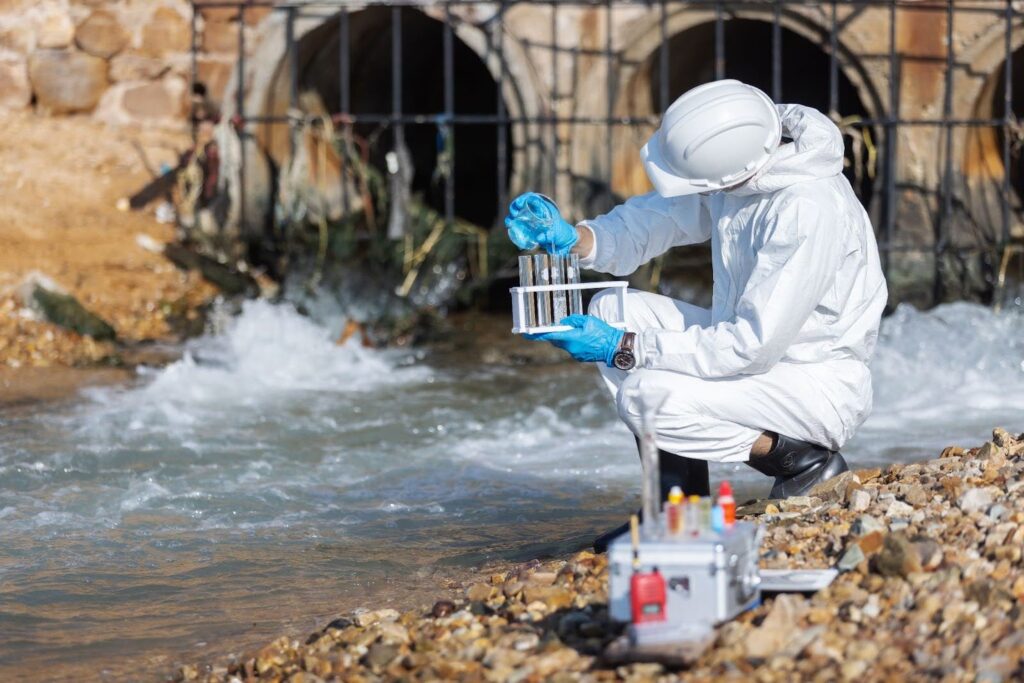
Every business that produces wastewater has a responsibility to manage it properly. Wastewater carries contaminants that, if untreated, can harm people, damage ecosystems, and break environmental laws. To manage this risk, industries use wastewater testing parameters, which are the core measurements that show what is in the water and how safe it is.
The most common wastewater testing parameters are Biochemical Oxygen Demand (BOD), Chemical Oxygen Demand (COD), Total Suspended Solids (TSS), pH, and heavy metals that provide a clear picture of wastewater quality.
Need help with waste oil management? Reach out GTE Singapore through our contact form or email us at sales@gte.sg to enquire more.
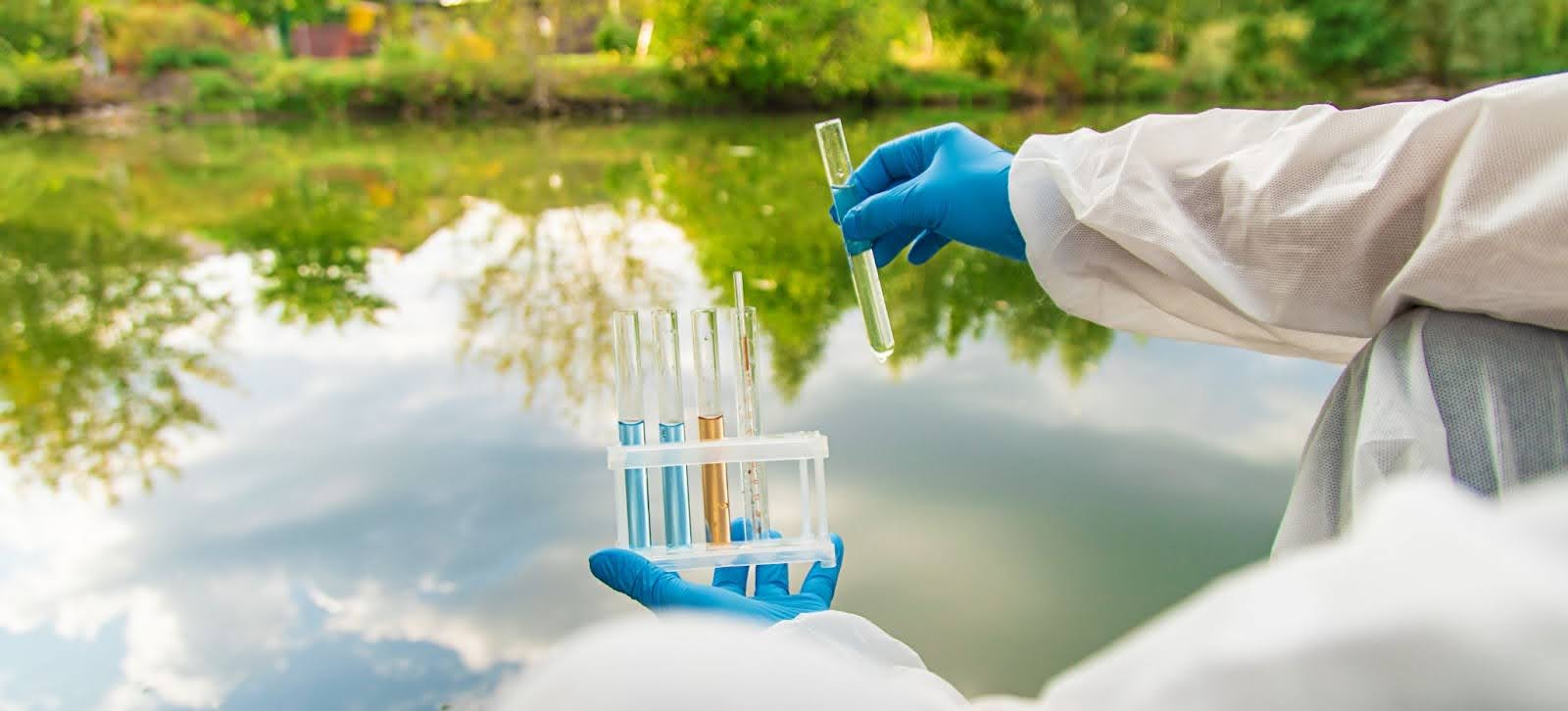 (Source: Envato)
(Source: Envato)
Common Types of Wastewater Testing Parameters
Wastewater quality is measured through several parameters, each showing a different aspect of how clean or polluted the water is.
BOD refers to the amount of oxygen that microorganisms need to break down organic matter in wastewater.
When BOD levels are high, oxygen in the water drops, which affects aquatic life and signals heavy pollution. Common sources include food waste, oils, fats, sewage, and organic by-products from industries.
For businesses, high BOD can point to poor waste handling or underperforming treatment systems. This often leads to higher treatment costs and the risk of regulatory action.
COD measures the total oxygen required to break down both biodegradable and non-biodegradable compounds.
Unlike BOD, COD also accounts for pollutants that microbes cannot easily break down, giving a broader view of water quality. COD is usually high in wastewater from chemical manufacturing, oil refining, textile production, and food processing.
For businesses, high COD means treatment becomes more complex and expensive. It can also signal the presence of substances that require advanced removal methods to stay compliant.
TSS refers to the particles suspended in wastewater, including silt, oils, grease, and other debris.
When TSS levels are high, the water becomes cloudy, pipes clog more easily, and treatment systems struggle to run efficiently. High TSS is common in wastewater from industrial discharge, construction runoff, waste oil, and food processing activities.
For businesses, this creates higher operating and disposal costs and can also cause visible pollution that harms reputation if it enters waterways.
- pH
pH indicates whether wastewater is acidic, neutral, or alkaline. A balanced pH is important because extremes can disrupt treatment processes, damage infrastructure, and harm aquatic life when discharged.
Industries such as chemical plants, refineries, metal finishing, and food processing often produce wastewater with varying pH. For businesses, pH that is too low or too high can corrode pipes, reduce the efficiency of treatment systems, and lead to compliance issues.
- Heavy Metals
Heavy metals such as lead, mercury, cadmium, chromium, and arsenic are highly toxic, even at small amounts. They persist in the environment and accumulate in living organisms, which makes them a major concern for regulators.
They are commonly found in wastewater from mining, electronics, waste oil, metal plating, and manufacturing.
For businesses, excess heavy metals pose serious risks. They are difficult and costly to treat, attract strict regulatory attention, and can cause long-term reputational damage if not managed properly.
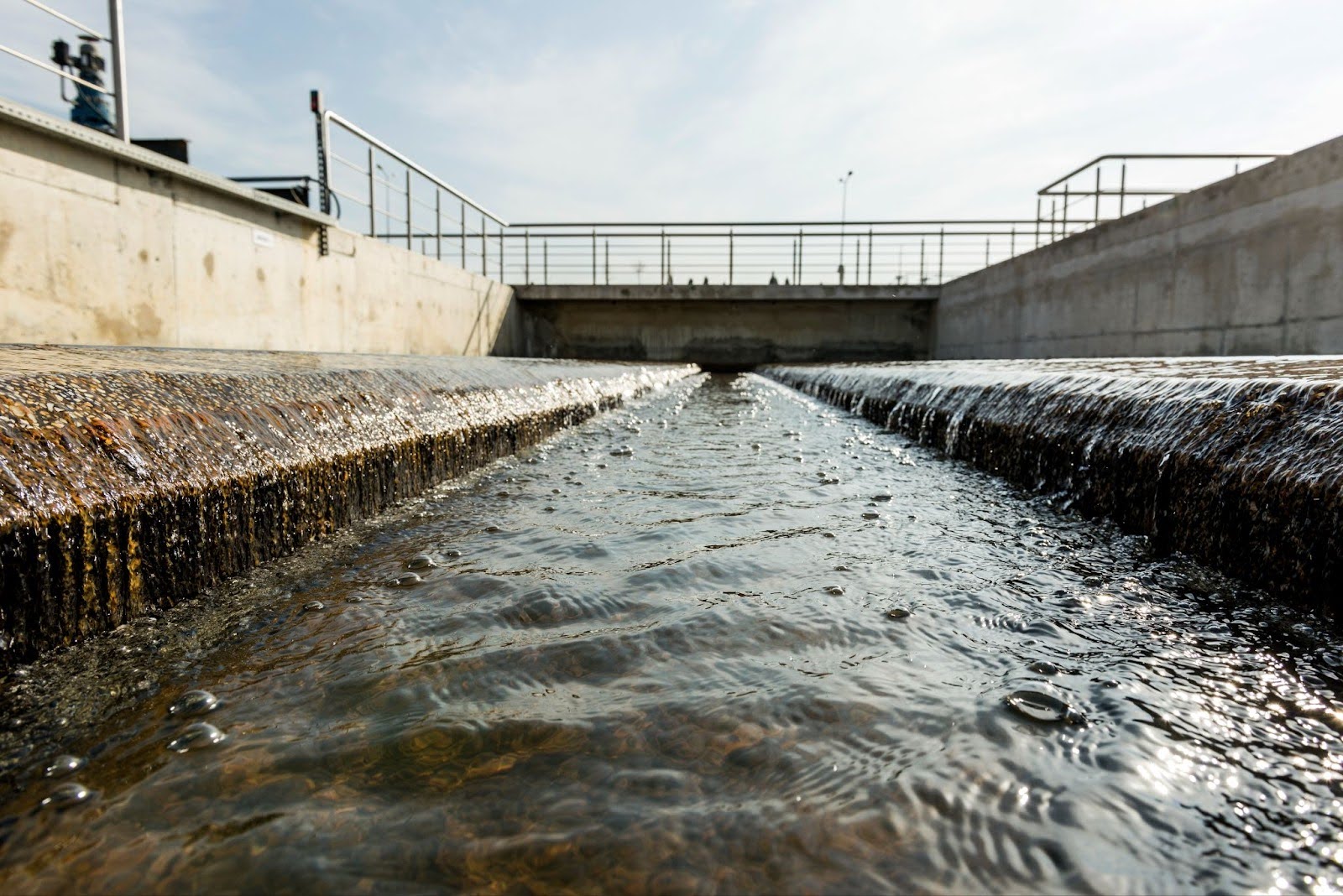 (Source: Envato)
(Source: Envato)
Why Wastewater Testing Parameters Matter
Wastewater testing parameters explain what is in the water, how dangerous it might be, and what treatment steps are needed. Without testing, industries would be working blindly.
1.Meeting regulations
Every country sets limits on what can be released into sewers, rivers, and seas. These limits cover oxygen demand, solids, pH, and metals.
If a business discharges water without meeting the limits, it can face penalties, reputational damage, and in some cases, shutdowns. Testing against these parameters provides documented proof of compliance and builds trust with regulators.
2.Protecting the environment
Wastewater carries pollutants that directly affect ecosystems. High BOD or COD reduces dissolved oxygen, making rivers unlivable for fish. Suspended solids cloud the water, block sunlight, and suffocate aquatic plants.
Heavy metals do not break down; instead, they accumulate in sediments and enter the food chain. By tracking these parameters, industries reduce long-term harm and avoid irreversible damage to natural resources.
3.Safeguarding people
Human health is closely linked to water safety. Wastewater can carry harmful bacteria, viruses, and toxic chemicals. If testing is ignored, untreated discharges may contaminate groundwater, reservoirs, or even farmland irrigation.
The result can be outbreaks of waterborne disease or chronic health issues linked to toxic exposure. Parameters such as pH and heavy metals give early warnings before the water is reused or released.
4.Improving treatment efficiency
Every treatment process works differently depending on what is in the water. High COD may call for chemical oxidation, while high BOD often needs biological treatment. If pH is too low or too high, treatment microbes stop working.
Heavy metals require specialised removal methods such as ion exchange or precipitation. By measuring parameters accurately, operators know which process to use, avoid unnecessary chemical dosing, and keep systems cost-effective.
 (Source : Envato)
(Source : Envato)
How These Parameters Work Together
No single parameter tells the full story of wastewater quality. BOD and COD show the level of organic pollution, while TSS reveals how much solid matter is present. pH affects how well treatment works, and heavy metals require targeted removal.
In practice, these wastewater testing parameters often overlap. For example, waste oil can raise BOD, COD, and TSS at once.
If the pH is unstable as well, treatment becomes more costly and compliance harder to achieve. Looking at all parameters together helps businesses manage risks, control costs, and meet regulations more effectively.
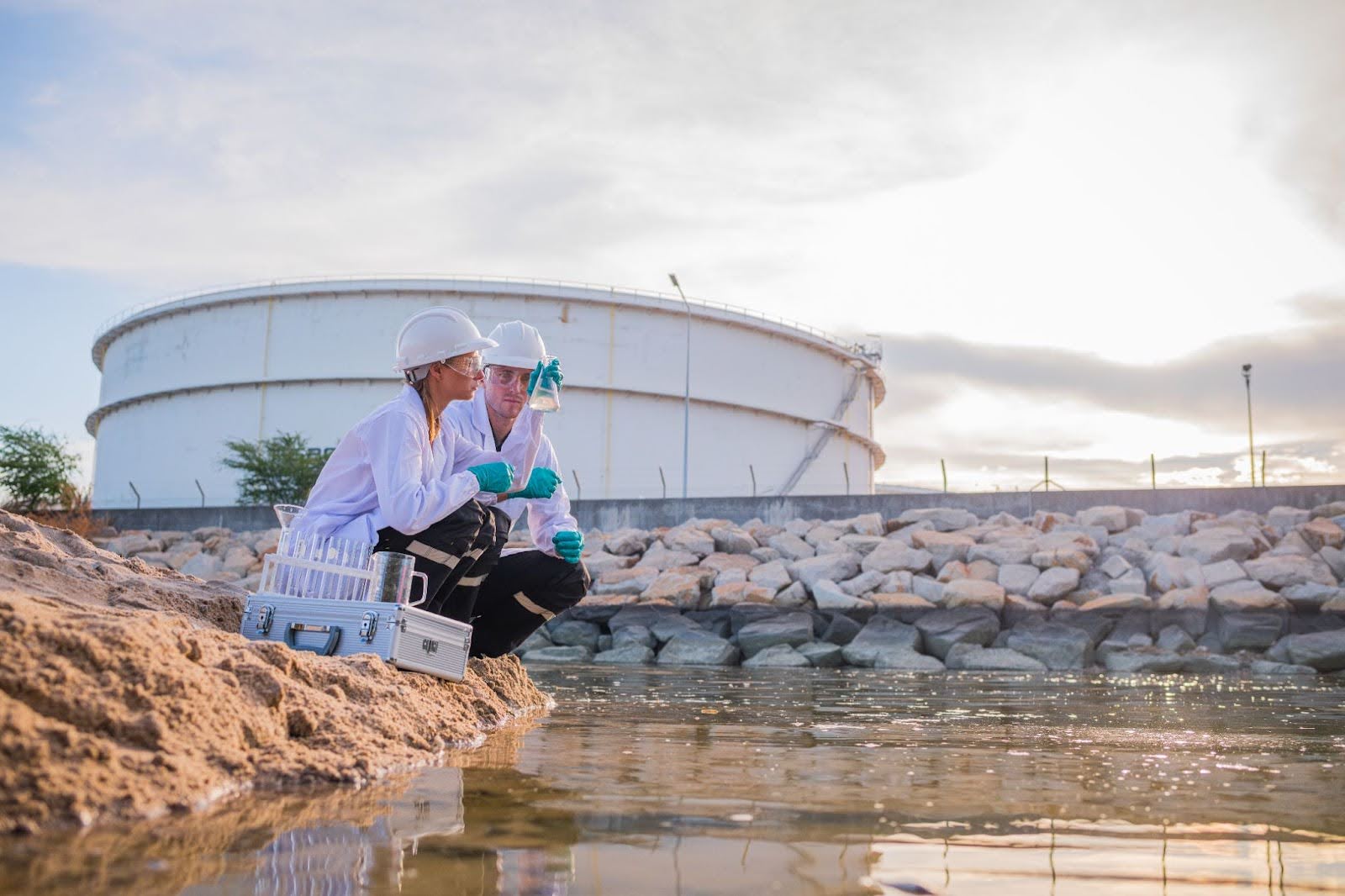 (Source: Envato)
(Source: Envato)
Wastewater Testing in Waste Oil and Industrial Waste Management
Waste oil and industrial waste often contain substances that affect several wastewater testing parameters at the same time.
Oils and grease can increase BOD, COD, and TSS, while trace amounts of heavy metals may also be present. If pH levels fluctuate, treatment systems face added strain, which raises operating costs.
For businesses that handle waste oil or other industrial by-products, regular testing is essential to keep discharges within limits.
Accurate data helps identify risks early, plan suitable treatment, and avoid costly penalties. It also supports sustainable operations, since proper testing ensures wastewater can be treated safely without harming the environment.
Conclusion
Wastewater testing parameters provide a clear picture of water quality and guide businesses in managing treatment effectively. Regular testing helps ensure compliance with regulations, protect ecosystems, and control operational costs.
For industries handling waste oil or other complex waste, monitoring these parameters is not just a legal requirement but also a practical step towards safe and sustainable operations.
Need help with waste oil management? Reach out GTE Singapore through our contact form or email us at sales@gte.sg to enquire more.
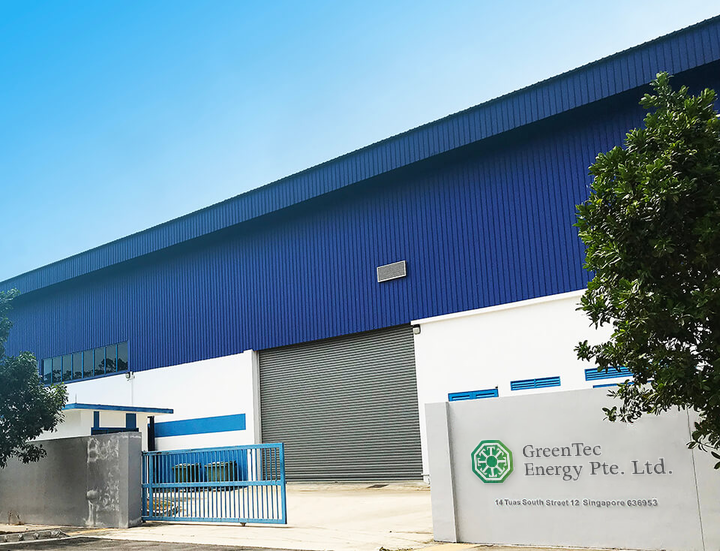 GreenTec Energy Pte Ltd (GTE) is a waste management company located in Tuas, Singapore.
GreenTec Energy Pte Ltd (GTE) is a waste management company located in Tuas, Singapore.
Our service includes Industrial waste, Oily waste, Marine waste.
To provide a hassle free solution to our customer is always the key approach and to ensure a win-win situation towards. As a NEA approved environmental company in Singapore, we take all our services seriously and to ensure maximum safety with compliances applied. Every step of our disposal processes are also designed to meet NEA & SCDF requirements, with latest treatment facilities and laboratories to test and treat all incoming waste before disposal.
GTE operates a total land area of about 100,000sqft at 14 Tuas South Street 12 Singapore 636953. With our comprehensive logistics and transportation fleet, we provide prompt and efficient services in transportation of waste to our premises.



